Germany PMI Manufacturing was finalized at 57.8 in October, down from September’s 58.4, lowest level in nine months. Markit said that material shortages restrained output and new orders. Surging input costs drove record rise in factory gate charges. There was further slowdown in job creation as optimism waned.
Phil Smith, Associate Economics Director at IHS Markit, said:
“Output levels across the manufacturing sector are being increasingly shackled by supply bottlenecks. According to surveyed businesses, the well-documented slowdown in autos production is dragging down other parts of the manufacturing economy with it, as firms in that sector scale back orders for components and materials.
“However, while producers of intermediate goods have recorded a sustained drop in new orders, we’re still seeing some pockets of robust strength in demand, particularly for investment goods. Backlogs continued to rise across each of the main industrial groupings, suggesting this is still mainly a supply-side issue.
“Worryingly, the supply problems took a turn for the worse in October, with lead times on purchases lengthening to the greatest extent for three months. Adding to this, the rate of cost inflation has crept back up towards the record highs seen in the summer, leading to an unprecedented rise in factory gate prices and putting more inflationary pressure into the system.
“Manufacturers lost further confidence that these issues will be resolved sooner rather than later, with business expectations now at their lowest since August 2020.”
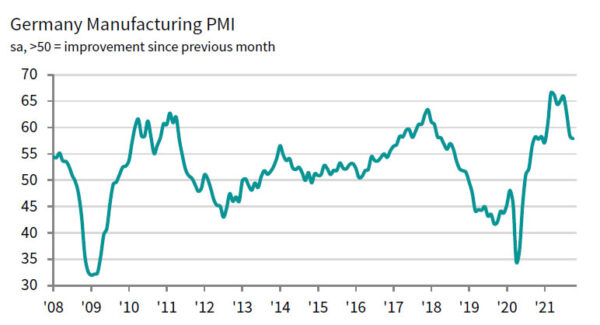
Full release here.




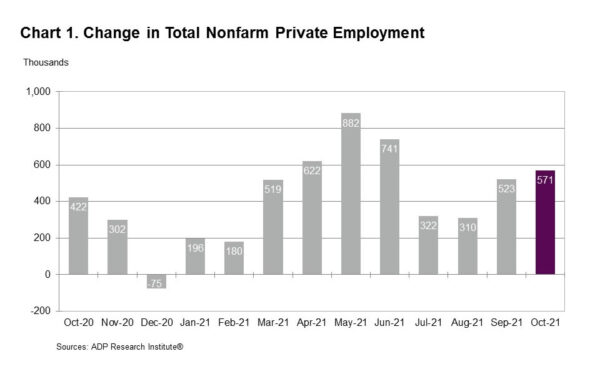
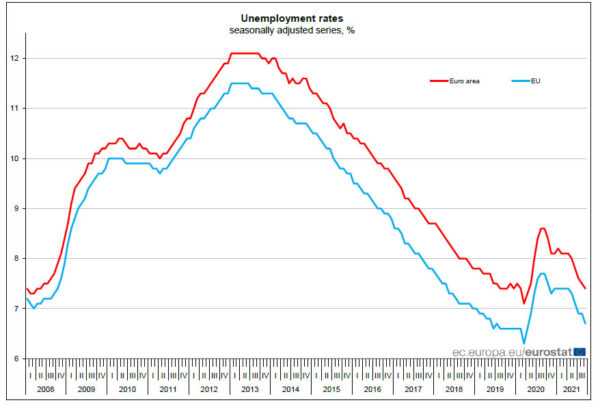
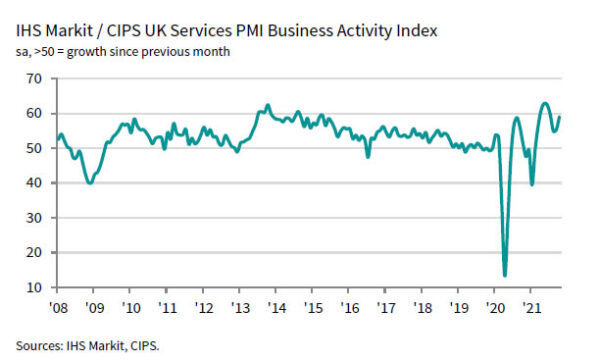
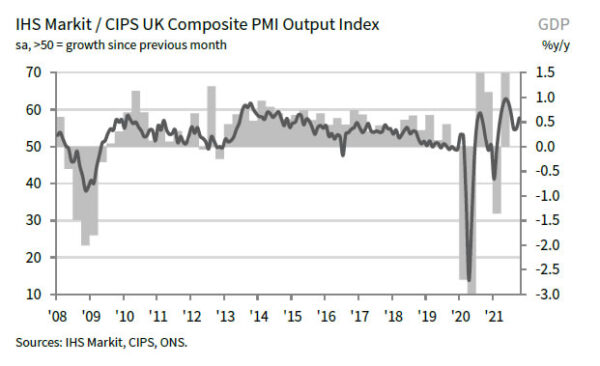
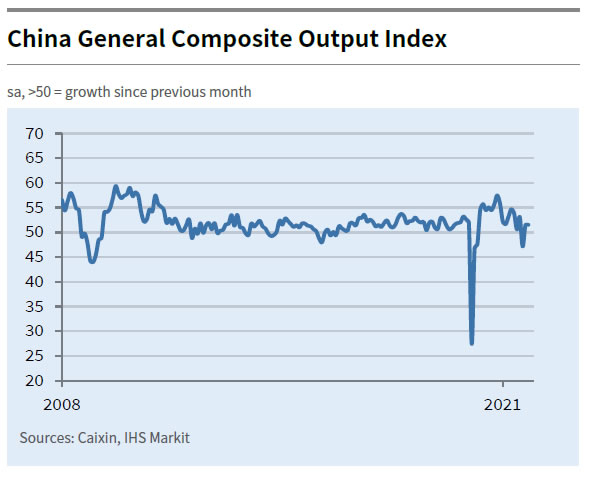

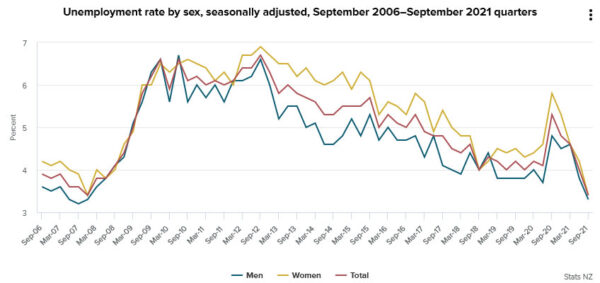
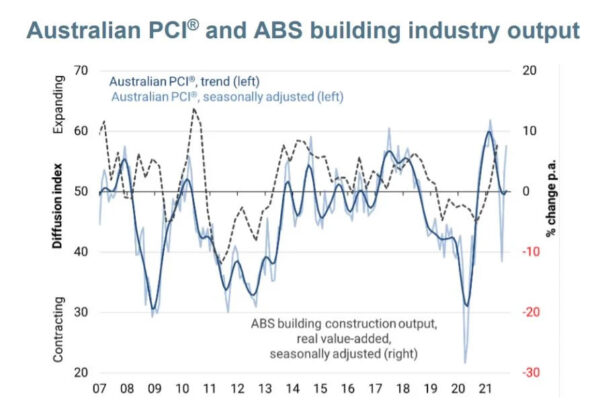

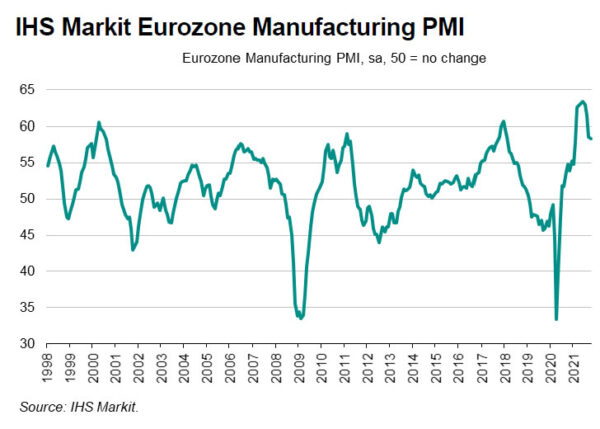
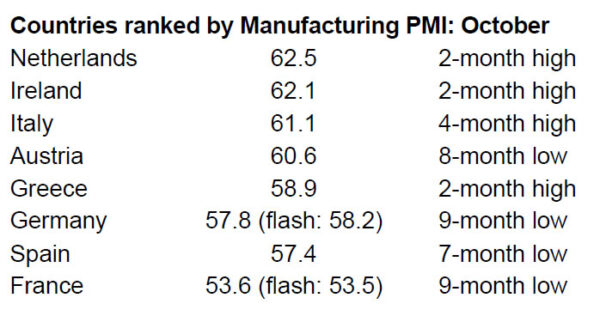

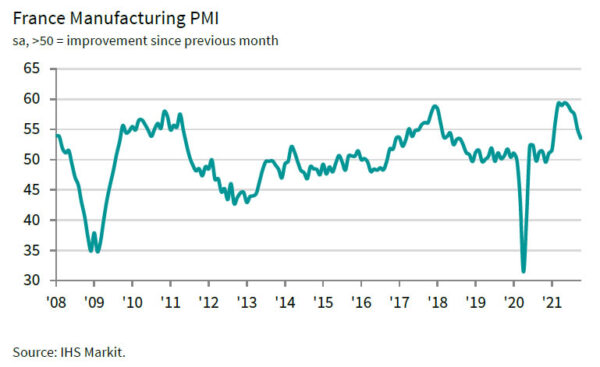
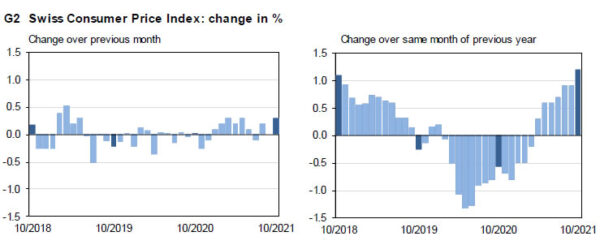
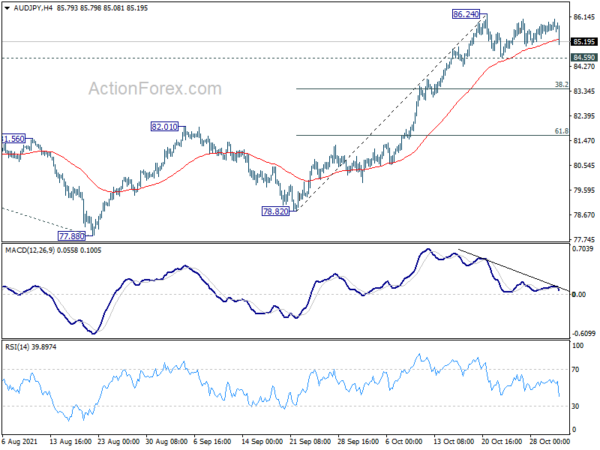
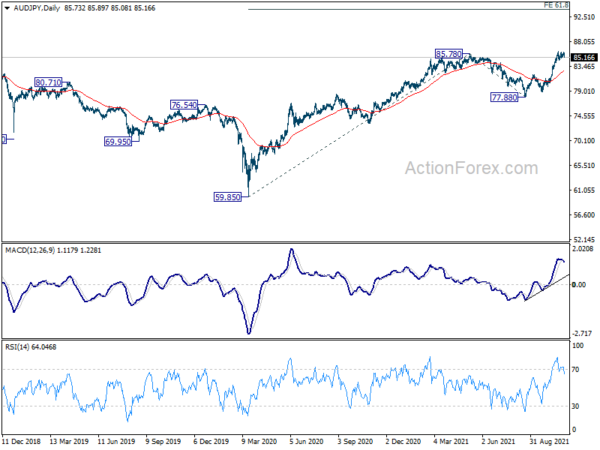
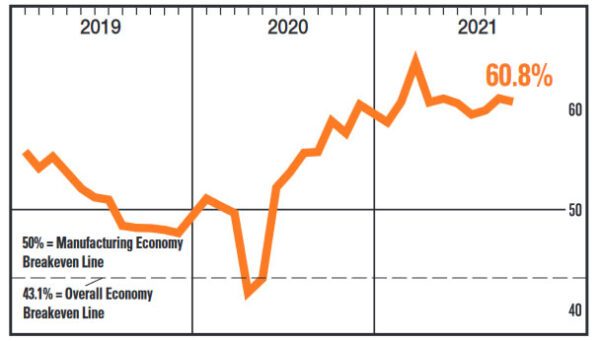
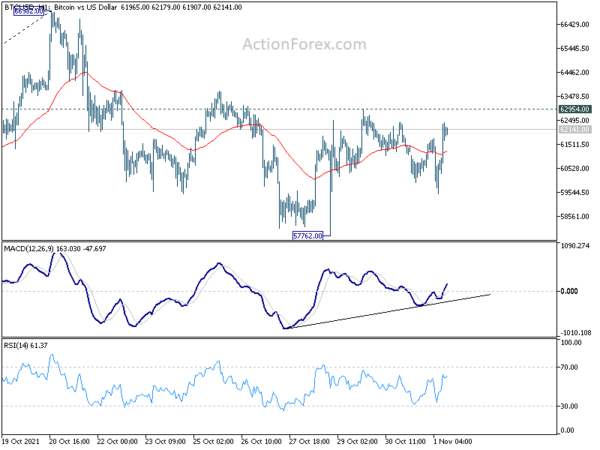
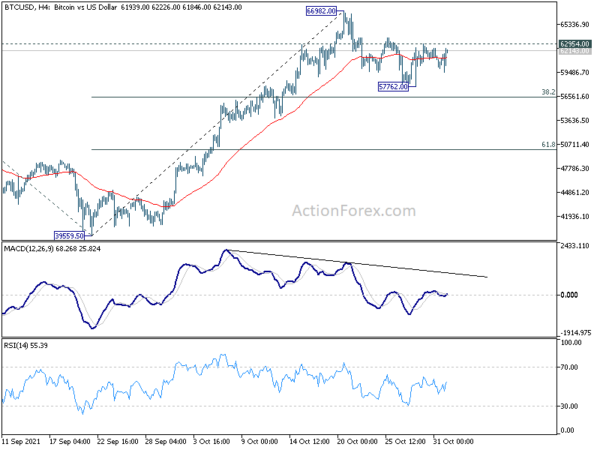
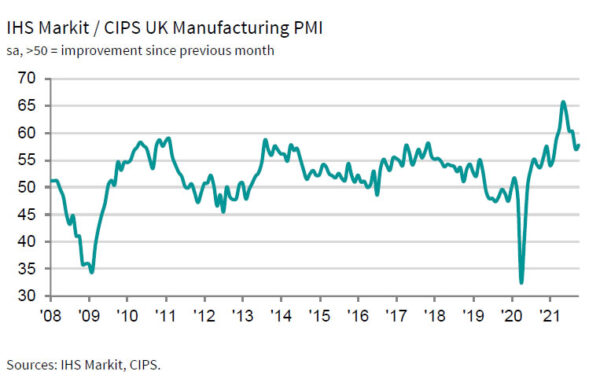

US ISM services rose to 66.7 in Oct, corresponds to 6.1% annualized GDP growth
US ISM Services PMI rose to 66.7 in October, up from 61.9, well above expectation of 62.0. Business activity/production rose from 62.3 to 69.8. New orders rose from 63.5 to 69.7. Employment dropped from 53.0 to 51.6. Supplier delivers rose from 68.8 to 75.5. Prices rose from 77.5 to 82.9.
ISM said: “The past relationship between the Services PMI and the overall economy indicates that the Services PMI for October (66.7 percent) corresponds to a 6.1-percent increase in real gross domestic product (GDP) on an annualized basis.”
Full release here.